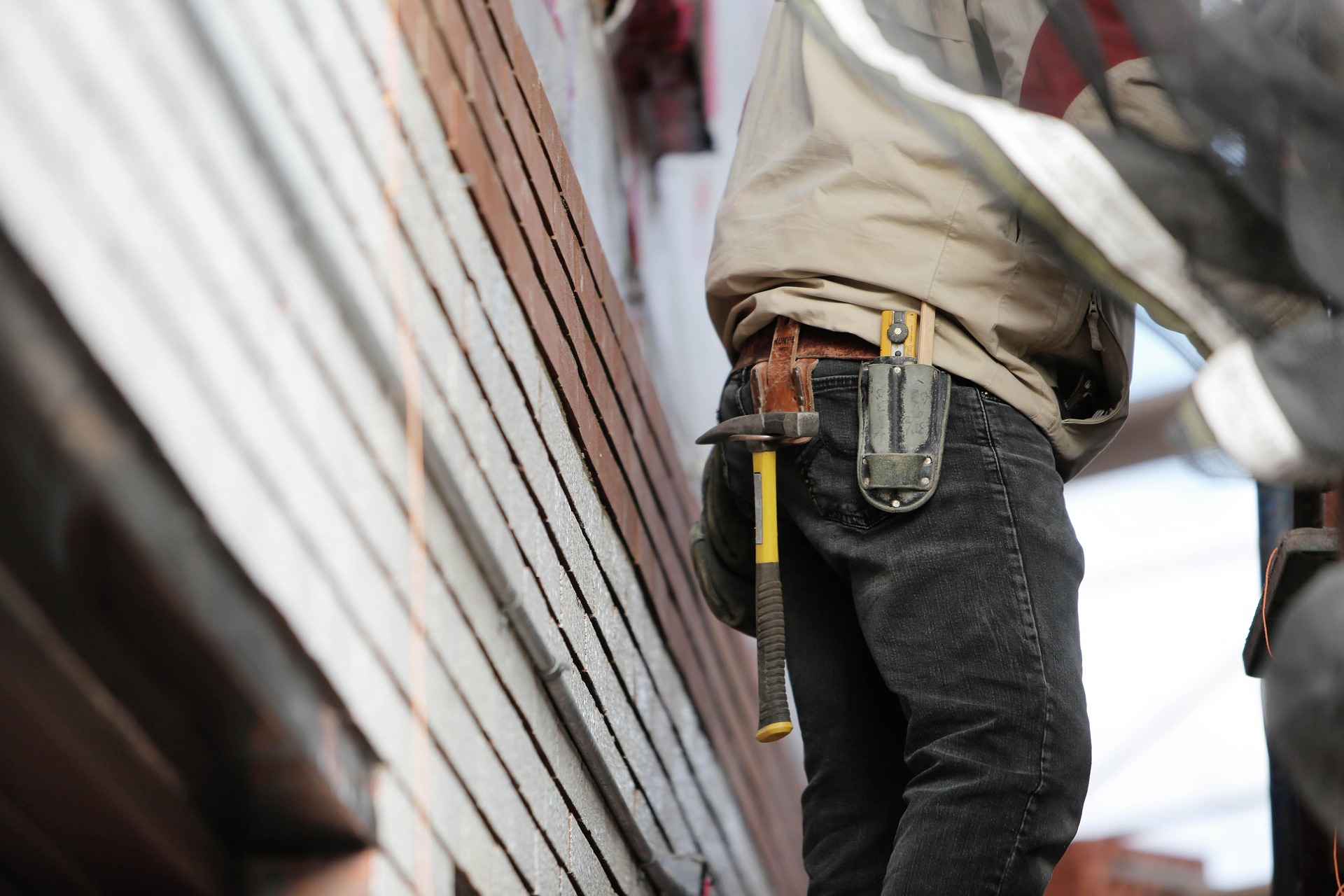Handyman Jobs: Work Options for Seniors and Skilled Tradespeople
Many people consider handyman jobs for their flexibility, variety, and practical focus. For seniors and experienced tradespeople alike, these roles often combine light physical work, problem-solving, and opportunities to use carpentry or repair skills. This article outlines typical duties, how seniors can participate, connections to retirement planning, common home repair tasks, and the role of carpentry.

What does a handyman job involve?
Handyman jobs cover a broad range of maintenance and repair tasks around homes and small businesses. Typical duties include fixing leaky faucets, patching drywall, installing shelving, replacing light fixtures, and basic electrical or plumbing troubleshooting where allowed by local codes. Communication with clients, estimating time and materials, and keeping a small toolkit are part of the work. Many handyman roles emphasize versatility over deep specialization, so workers who enjoy varied tasks and customer interaction often find this line of work satisfying.
Are handyman roles suitable for seniors?
Many seniors find handyman work suitable because it can be adapted to changing energy levels and physical capacity. Part-time schedules, selecting lighter assignments, and focusing on consultative or supervisory tasks—such as advising on repairs or coordinating contractors—can reduce strain. Seniors should assess mobility, strength, and any health considerations, and may benefit from ergonomic tools, assistive devices, and clear safety protocols. Local services and community centers often seek experienced hands for small projects, offering opportunities that value experience over speed.
How can handyman work fit into retirement?
Handyman jobs can be integrated into retirement plans in several ways: as a source of supplemental income, a way to stay active and social, or a structured hobby that turns into occasional paid work. Flexible hours let retirees balance leisure and work without full-time commitments. Retirees should consider tracking hours and earnings for tax purposes, maintaining insurance or bonding if working with multiple clients, and deciding whether to register as a sole proprietor or other business entity. Those aiming to scale up can specialize in niches such as aging-in-place modifications for seniors or seasonal maintenance services.
Common home repair tasks in handyman jobs
Home repair tasks dominate many handyman schedules and often require diagnostic skills as much as manual labor. Common assignments include repairing door frames, replacing damaged flooring planks, patching plaster or drywall, installing grab bars and ramps, and performing routine maintenance like gutter cleaning or fence repairs. Good handymen document problems, explain realistic timelines, and provide simple preventive advice to homeowners. Working with vetted local services or joining a cooperative can help secure steady work while ensuring compliance with local building regulations.
How does carpentry fit into handyman roles?
Carpentry is a valuable skill within handyman jobs, ranging from small trim work to building custom shelving or repairing stair treads. Even basic carpentry knowledge—measuring, cutting, fastening, and finishing—can expand the types of projects a handyman can accept. For seniors who have carpentry experience, focusing on lighter joinery, cabinet repairs, or finishing work can minimize heavy lifting while still leveraging craftsmanship. Proper tool maintenance, dust control, and safe ladder practices are essential when performing carpentry tasks in occupied homes.
Conclusion
Handyman jobs offer a flexible, practical option for a wide range of people, including seniors and those approaching or in retirement. The role blends problem-solving, basic trades like carpentry, and customer-facing skills, and can be adjusted in scope to match physical ability and lifestyle. Whether pursued as supplemental income, a structured hobby, or a scaled small business, handyman work rewards reliability, clear communication, and steady craftsmanship. For those considering this path, evaluating local regulations, safety practices, and appropriate insurance will help ensure sustainable, responsible work in your area.






